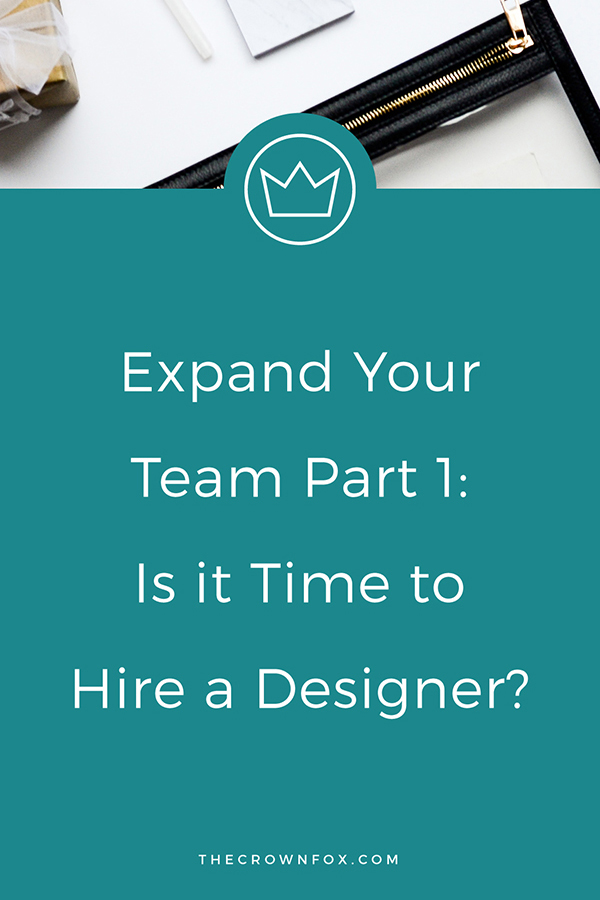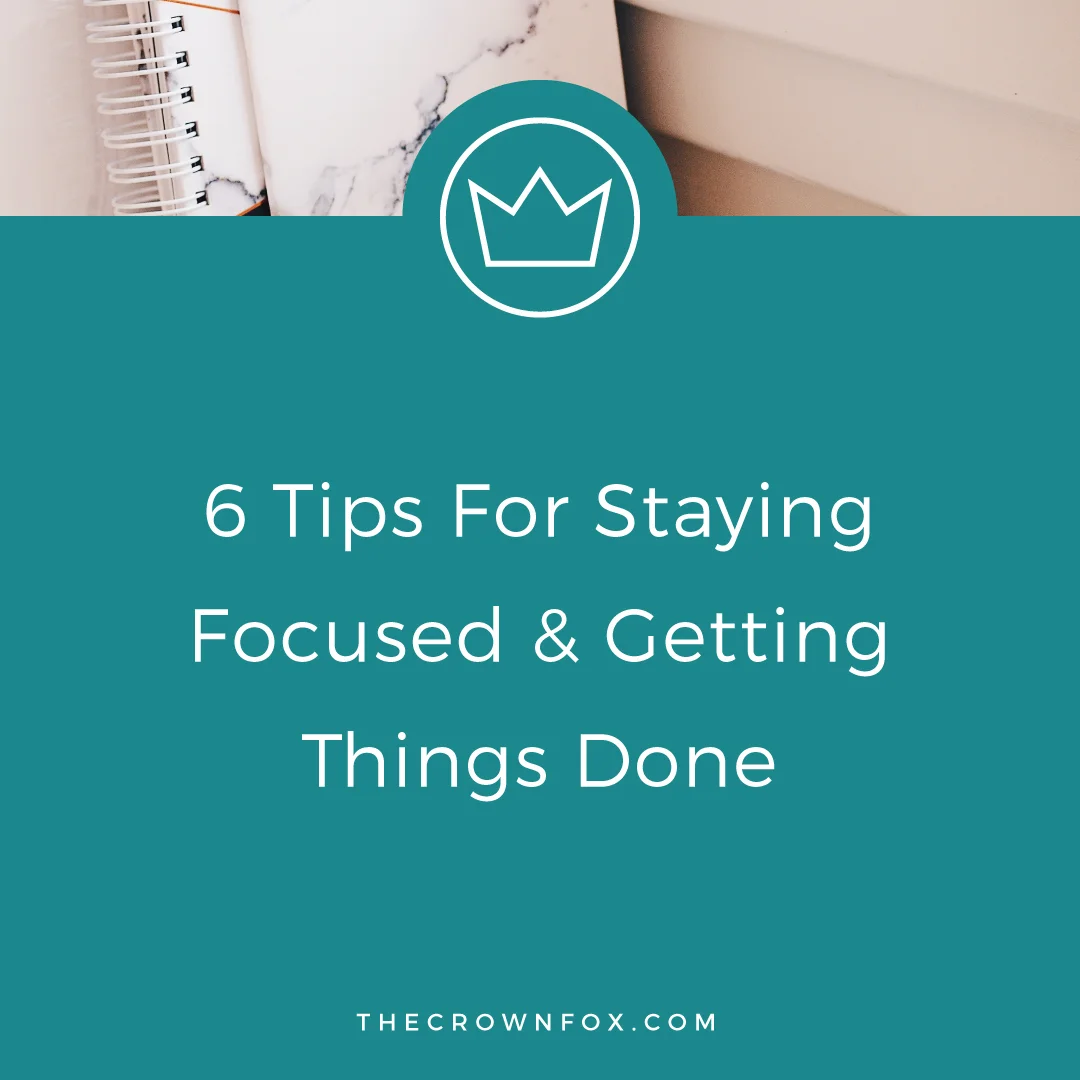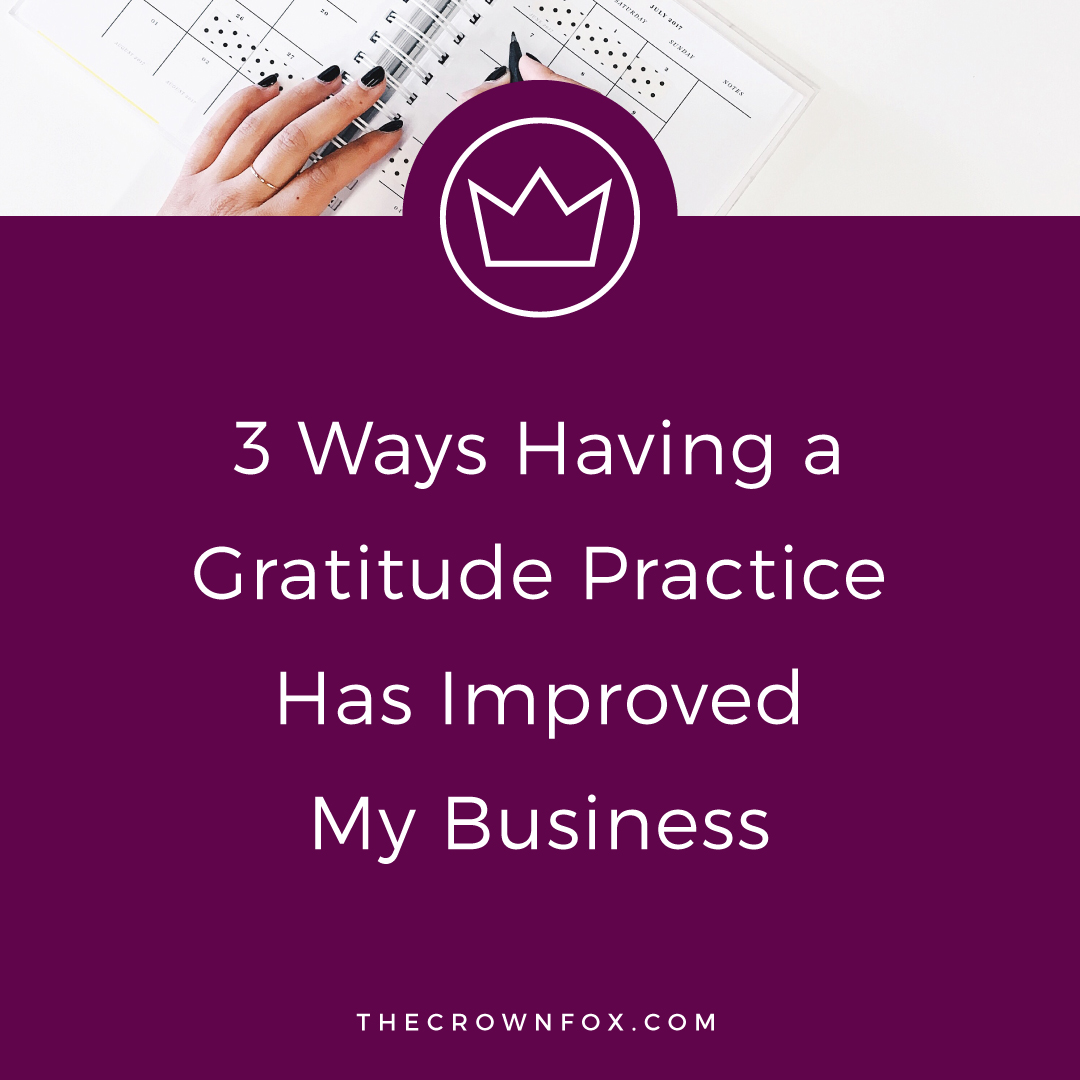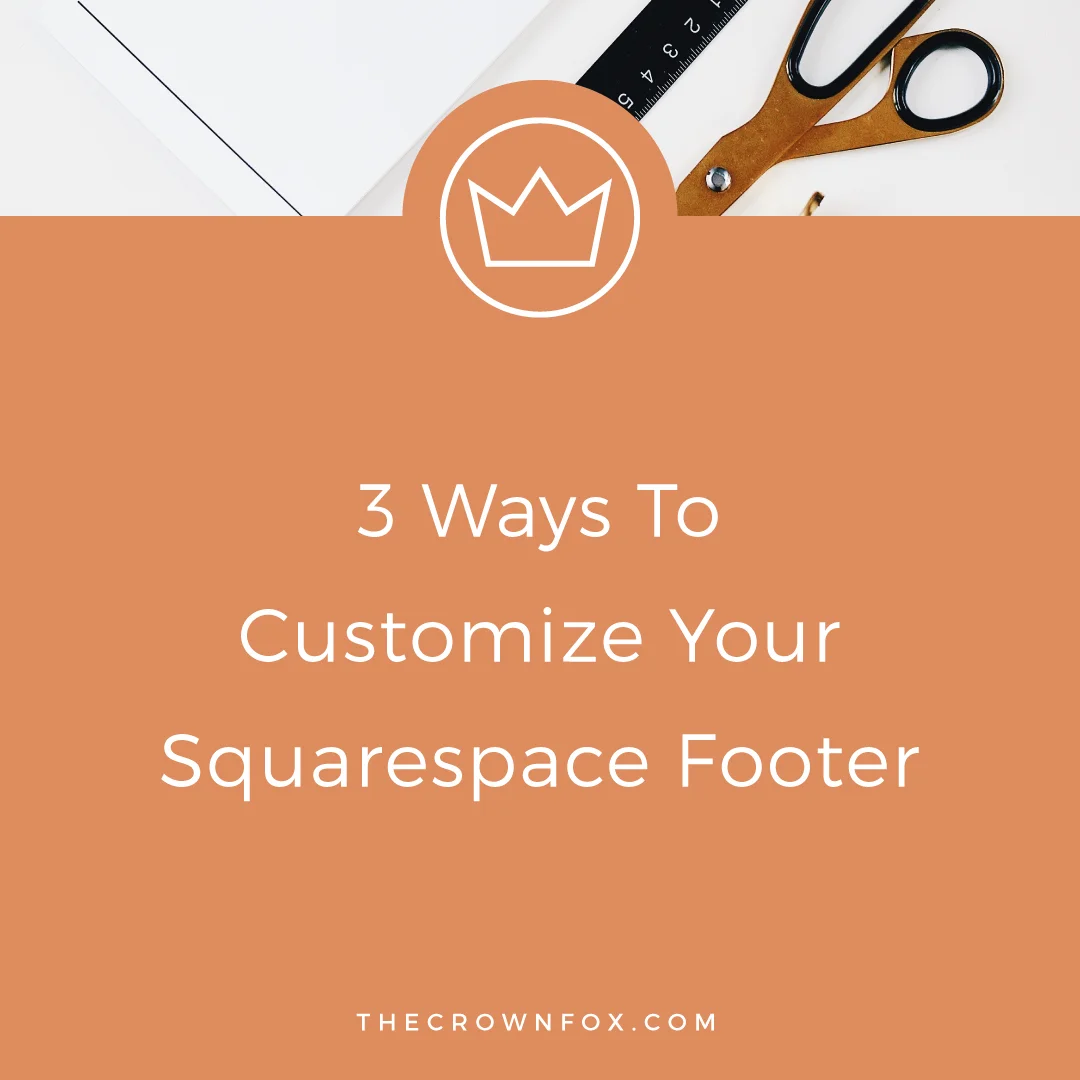With my recent business adjustments I’ve been doing a lot of explaining about exactly what it is I do for clients as a design assistant. It’s a position that people don’t always think about initially when it comes to outsourcing work, but it’s one that can free up an incredible amount of time in your schedule (seriously if a 50+ page workbook takes me 6+ hours, how long is it going to take you?!). If you’re not sure exactly when would be the right time to start expanding your team and passing off design projects, then this post is for you.
So, when is it time? Probably sooner than you think (ahem, now).
"Considering outsourcing tasks in your business? This post is for you!" [Tweet That!]
YOU SPEND TOO MUCH TIME LEARNING PHOTOSHOP
If formatting your blog post is a hassle because creating the graphics and content upgrade sucks all the time away from your day, then it’s time to consider outsourcing that work.
Blog posts, in their best form, have multiple graphics and some sort of content upgrade. That content upgrade might be a worksheet, a workbook, a calendar, a list, and so on – but it’s an awesome way to get more people subscribed to your email list (which means more money in the long run, right?). If you’re skimping on content upgrades because you don’t have time or abilities to make them – then you’re missing out on growth and profit.
A large part of what I do for clients includes creating these weekly content upgrades – anything from a simple reminder checklist to a 15-page workbook that educates, entices, and builds rapport with their audience.
The other end of that is actually getting people to view your blog post – which usually ties into having a) an awesome title and b) an eye-catching graphic on Pinterest or Instagram or other social platforms. I know you can write some amazing information that will truly delight and benefit your audience IF you can get them read it – which is where a designer comes in. Creating blog post graphics for blog posts falls into my weekly tasks for literally every client I have – it’s important to show consistency across social media and to attract and entice viewers read (as well as share) your post!
Understanding all of that is one thing, but implementing it is another. Taking time to learn and master a new skill so that you can create these things – and actually have them look professional – is probably not the reason you got into business. Instead you want to be doing what you love – coaching, consulting, photographing, etc. NOT fumbling around cursing the Adobe gods.
"Writing useful content is one thing - getting people to READ it is another." [Tweet That!]
YOU WANT TO LAUNCH COURSES, WORKBOOKS, ETC.
Chances are you’ve got big goals for your business that include a lot of awesome things like courses, retreats, eBooks, masterclasses, and more. Guess what all of those need? A LOT of design work! Guess what else all of those need? A LOT of your time to actually develop content, connect with your audience, and make sales. Wouldn’t you rather be focusing on the aspects you LOVE to do versus making a ton of workbooks, flyers, social graphics, etc.?
When you have a design assistant on your team they start to learn your brand and be able to better embody and showcase it across a ton of different avenues. So if you delve into a course or into a eBook, the designer will know how to take your existing look and feel and adapt it to those settings. Your audience will admire the consistency and trust you even more (even if this is super subconsciously) which will result in higher sales.
"Being consistent helps build trust with your audience." [Tweet That!]
This is an example you hear often with design, but think about going into Store A where they sell shoes and everything is sleek and clean and the chairs are comfortable and the attendant is well groomed and knowledgeable and not pushy and the shoes are displayed nicely and the boxes are all organized and stacked facing the same direction. Now think about Store B where the boxes are disheveled and some are on the floor and they only have those weird mirrored seats to sit on and no attendant to be found. There floor is kind of dirty and you honestly don’t really want to take off your shoes because, well, ew.
Now the thing is – these stores sell the same shoes. The same exact shoes. But where would you rather go and who do you hand your credit card over to willingly? I’m going to assume Store A. Store B probably gets a quick glance before you suddenly don’t really feel like shopping today and would rather go get a smoothie instead. Or Chipotle.
Sooo… that’s a metaphor for all the visual elements of your business – ESPECIALLY in the case of getting people to BUY things (i.e. courses, masterclasses, eBooks, etc.). You need to be able to support your worth with professional, compelling visuals. That will make you more authoritative and trustworthy, which in turn will result in higher sales.
YOU'RE AN EXPERT IN YOUR INDUSTRY + WANT TO MAKE IT OBVIOUS
On that note – let’s take a second to talk about how GREAT you are. Whoever you are and whatever you do, you decided to go into business for a reason. You are following your passion, doing what you love, and helping people in whatever way that you do. That is important!
If you are the expert and you do have a message you want to share that will impact people then let’s DO that together. Being small isn’t an option. Start making strides in your business and stop wasting your time focusing on things that don’t matter.
The thing about successful business owners and entrepreneurs is that they know how to outsource the things they aren’t good at/don’t like doing and instead focus on their true skills and passions. Do you ever notice how when you’re really in your flow you can make wonderful leaps in your business but the second you have to do something you hate it seems impossible and the couch looks extra comfy? The trick is to just stay in your flow and stop doing the things you hate.













Hi! I’m Kaitlyn!
I believe that you can create a life and business you love by listening to your own inner guidance system. I think there's plenty of strategies + hacks to learn and a ton of “how to” content you can consume but ultimately you are your best guide, the best guru, the best compass, and the best source of inspiration! I’m here to help you learn to trust that voice inside, step into your incredible power, and create YOUR dream business + life.
Let’s work together!